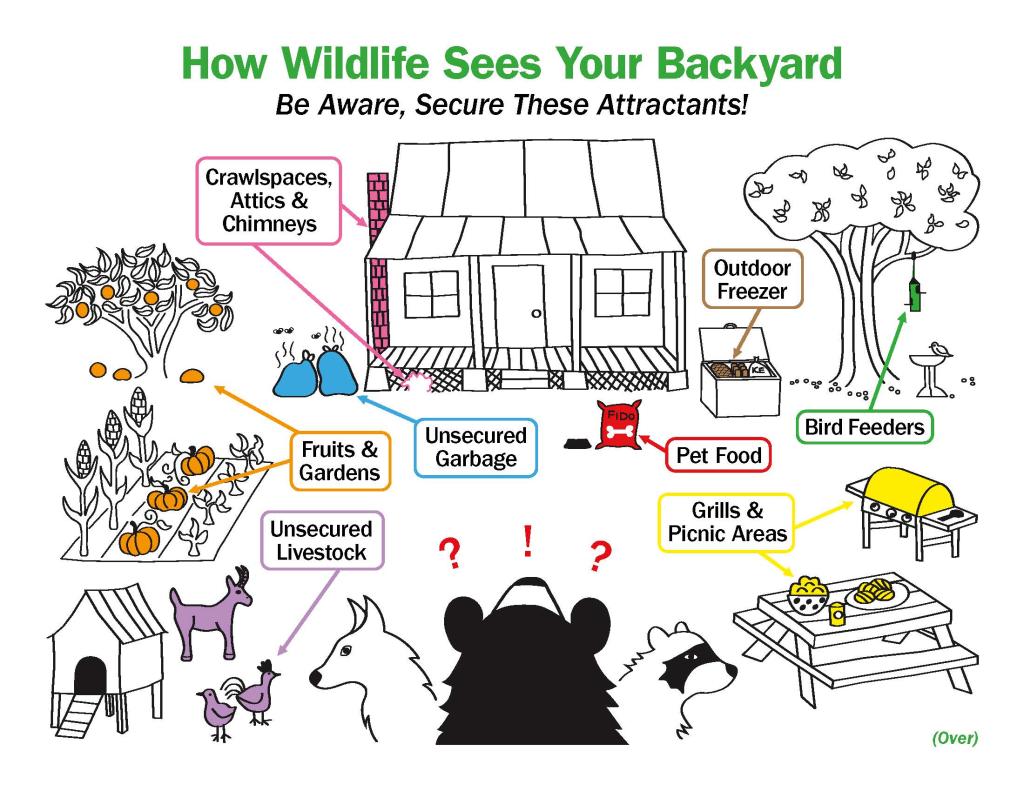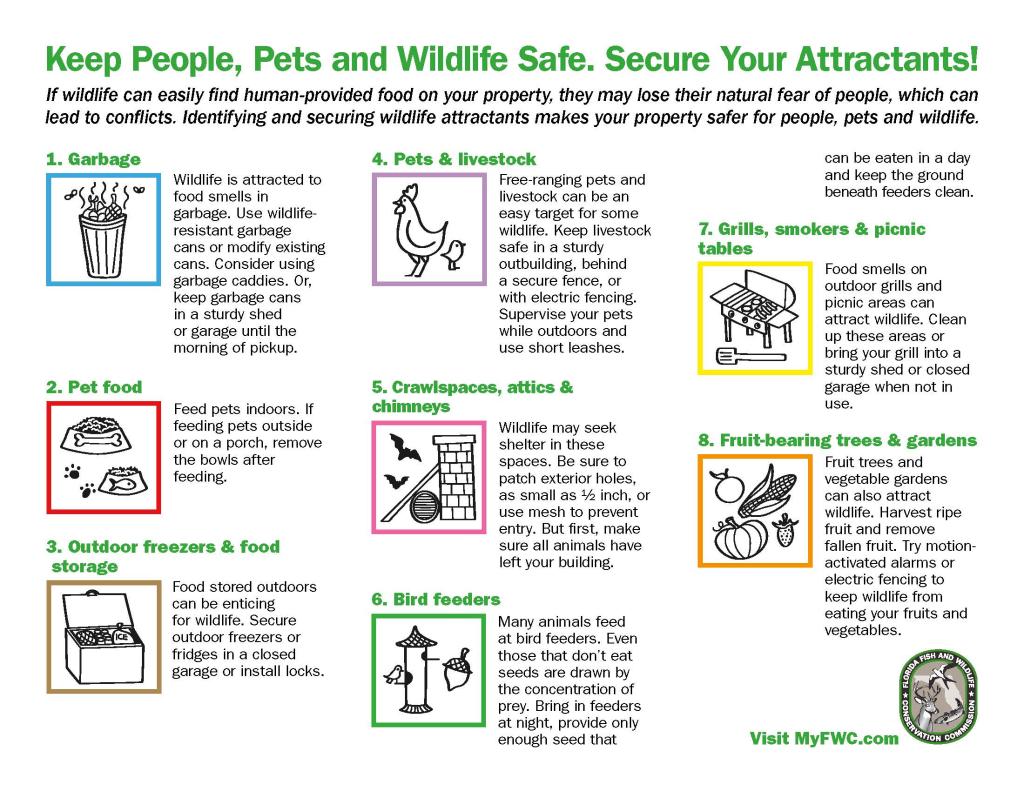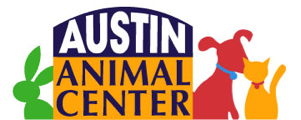As Austin grows, our opportunities for interacting with wildlife increase. Animal Services does not remove or relocate healthy native animals; instead, our Wildlife Officers work with residents to resolve conflict with wildlife humanely.
Austin Animal Center's Animal Protection has two Wildlife Officers, each dedicated to either the City of Austin or Travis County.
If wildlife is sick or injured, Animal Protection Officers will pick up and transport wildlife that needs help to Austin Wildlife Rescue. Call 3-1-1 (512-974-2000) to report sick or injured wildlife.
Call 3-1-1 (512-974-2000) to report non-native animals, such as pythons or domestic rabbits. Animal Protection will remove the animal and bring it to Austin Animal Center, where we'll work with rescue partners to make sure that the animal is receiving appropriate care.
Wildlife in the Central Texas area includes coyotes, foxes, bats, raccoons, possums, skunks, deer, and snakes.
Living with Urban Coyotes in Austin/Travis County
As our community grows, there is increased opportunity for interactions with all kinds of wildlife – including coyotes. Coyotes are found in all 48 continental states in the United States and are firmly established in most major metropolitan areas including Austin and Travis County. Their adaptability and opportunistic diet make them well suited to urban and suburban landscapes where food sources are plentiful. If you have seen coyotes in your neighborhood, there are many helpful tips and techniques to deter coyotes from your area and ways to peacefully coexist with them.
Learn more about coyotes in Central Texas
Preventing Conflict
To keep wildlife wild and conflicts at bay, we can follow simple preventative measures:
- Always keep trash and compost in a secure bin
- Keep your barbecue grill clean
- Keep the area under your fruit and nut trees free of droppings
- Avoid feeding pets outdoors. If you must feed pets outside, feed during the daytime and remove the uneaten food as soon as your pet has finished
- Clean up bird seed on the ground
- Feeding wildlife and feral cats can attract unintended visitors. In addition to animals such as foxes and coyotes eating the food, mice and other animals will be drawn to leftovers, which can attract predators


Pet Safety
Pets are safest when monitored outside.
- Keep small pets inside when possible and monitor pets while outside.
- Provide secure shelters for poultry or other animals living outside
- Feed pets indoors. If pets must be fed outdoors, feed during the daytime and remove food as soon as your pet is finished. Only feed as much as the pet can eat in 30 minutes.
- Always follow leash laws and walk dogs on leashes 6 ft or less in length. On walks, do not let dogs explore vegetation that you can’t see through.
Learn more about wildlife that you may encounter while walking your dog.
High Risk Rabies Vectors
Central Texas has five species of animals that are considered high risk for carrying the rabies disease.
- Bats
-
Austin houses the largest urban bat colony in North America. While bats contribute greatly to our ecosystem, it is important to be safe when encountering them.
- A bat on the ground is considered a sick bat. Please do not touch or allow your pets to touch the bat and contact 311 immediately.
- For more information regarding the bats in Austin, please visit Merlin Tuttle's Bat Conservation page.
- Austin Bat Refuge is also an amazing resource to use for additional education.
- Coyotes
-
Accordion content 2.
- Foxes
-
- Foxes are big climbers, so don’t be alarmed if you see them in your tree.
- Foxes tend to find their homes in resident’s backyards under their porches or sheds. Contact 311 for a Wildlife Officer to help assist on deterring the foxes and encouraging the fox family to leave.
- Foxes can be very talkative. They tend to bark at a lot of residents.
- Foxes can be sighted throughout the day. Unless they are visibly showing signs of sickness, there is no reason to believe the fox is sick.
- Foxes are a high-risk rabies species. If you or your pet come into a physical altercation with a fox, or they are sick or injured, please report to 311.
- Raccoons
-
- If a raccoon keeps getting into the trash, the best option is to secure the trashcan so the raccoon can no longer open it
- Believe it or not, a lot of residents will have raccoons enter through their doggy door. The best thing to do if this is happening to you, would be to close off the doggy door at night or purchase a doggy door that will open upon receiving a signal from your pets electronic collar.
- Like foxes, raccoons will den in your backyard under your shed, deck, or porches. If you are having issues with raccoons denning in your yard, please contact 311 for a Wildlife Officer to answer your questions.
- Raccoons can be sighted throughout the day. Unless they are visibly showing signs of sickness, there is no reason to believe the raccoon is sick.
- Raccoons are a high-risk rabies species. If you or your pet come into a physical altercation with a raccoon, or they are sick or injured, please report to 311.
- Skunks
-
- Skunks are practically blind so it is important not to startle them or you may be sprayed accidentally
- If you are invading a skunks space, they will let you know by performing a dance before actually spraying you
- It is important that if you and your dog see a skunk, to put your dog on a leash if not already on one. Dogs tend to ignore signs a skunk is about to spray which results in the dog getting sprayed. Dogs move too quickly for wildlife that have a hard time seeing.
- For more information regarding removing skunk odor on you or your pet, see Removing Skunk Odor.
- Skunks can be sighted throughout the day. Unless they are visibly showing signs of sickness, there is no reason to believe the skunk is sick.
- Skunks are a high-risk rabies species. If you or your pet come into a physical altercation with a skunk, or they are sick or injured, please report to 311.
Additional Wildlife
- Armadillos
-
- Armadillos are about the size of an opossum and have front teeth that are well adapted to digging. If you notice shallow holes in your yard, you most likely have an armadillo! They are searching or earthworms, grubs, spiders, and other insects.
- Most of the damage they can cause is by digging at night. If you purchase a motion activated sprinkler head, set it to go off at night, that should deter the armadillo from coming back.
- If you are having issues with armadillo digging your yard, report to 311 and a Wildlife Officer would be happy to answer your questions.
- If you see a sick or injured armadillo, please report to 311.
- Birds & Hawks
-
- Austin Animal Protection does not remove bird nests due to the Migratory Bird Treaty Act of 1918.
- If you are having birds or hawks divebombing in your area, please visit U.S. Fish & Wildlife Service’s website on how to handle divebombing.
- A lot of calls that come in regarding an injured bird is typically a fledgling that fell from the nest and is still learning to fly. Fledglings fall out of the nest often, but their parents will still take care of them. For more information regarding the differences between a baby bird vs fledgling vs adult bird, please reference this information from the Audubon Society.
- Deer
-
- Please do not feed deer. City of Austin has an ordinance regulating deer feeding.
- Mother deer (does) will leave their fawns during the day and come back at night. That is a way that the mom protects their baby. If you find a fawn, unless visibly sick or injured, please leave them where they are.
- Austin Animal Protection, Austin Wildlife Rescue, and APD do not handle adult deer. If you see a sick or injured adult deer, please contact a Travis County Game Warden.
- Feral Hogs
-
Austin Animal Protection does not respond to feral hogs. If there is an emergency, please call 911. For more information regarding feral hogs in Texas, please visit Texas A&M's AgriLife Extension page.
- Opossums
-
- Opossums are resistant to most diseases because their body temperature is too low. It is very rare for opossums to contract rabies because of this.
- Opossums have an involuntary defense mechanism that causes them to “play dead”. They go into a cationic state that could last up to a couple of hours. Their body will release musk glands and give off the smell that they are dead to ward off predators.
- Opossums are your neighborhood clean up crew. They eat ticks, roaches, venomous snakes, dead animals, and more.
- It can be very common to see opossums walking along your fence line. They may look dirty and sick, but unless visibly sick, there is no reason to believe so.
- Snakes
-
- If you have a snake(s) on your property, no need to be scared! Snakes move quickly away on their own. You can use a broom to gently move it away or use your water hose to spray them with water. If you see a snake climbing a tree, it is most likely a rat snake. Please do not use sticky traps as they are very inhumane for snakes and other wildlife that get stuck in them
- Seal up holes in your home that may invite snakes or their prey and keep your grass cut short so snakes do not have cover.
- If you notice you keep having snakes around, you will need to address the root cause. Is your grass too tall and need to be mowed? Do you have brush piles that could be attracting rodents; therefore, attracting snakes?
- For more information regarding snakes in Austin, please visit the Austin Reptile Service Snake ID page.

